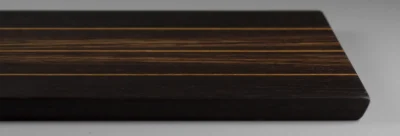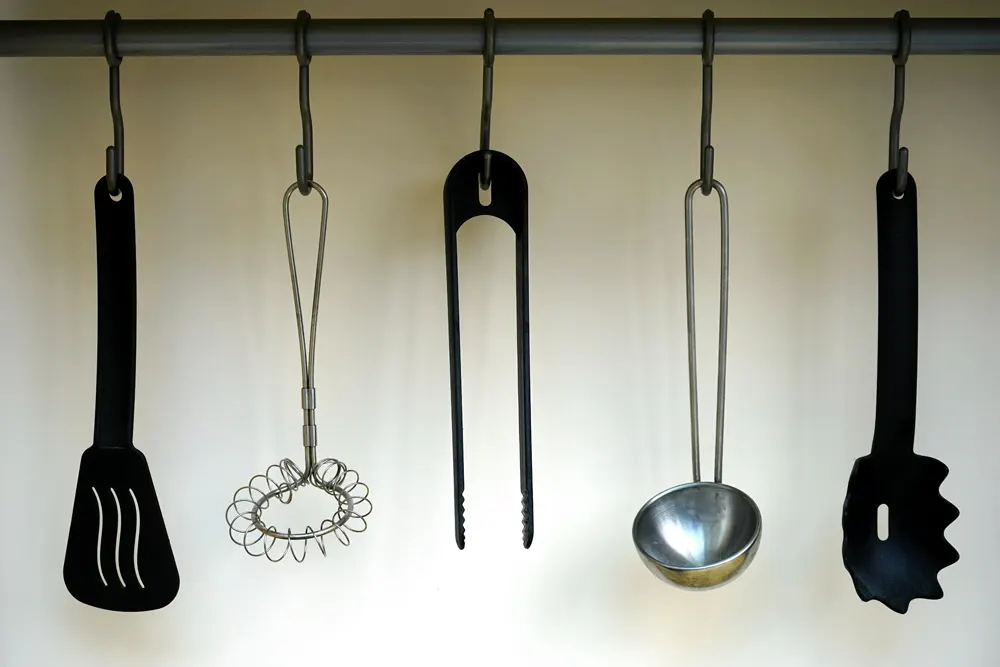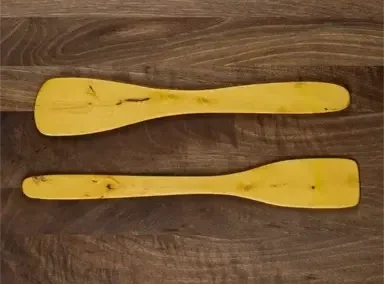
Free shipping for orders over 100€ in mainland Spain and Balearic Islands.


In the world of kitchen utensils, there are tools that go unnoticed but are essential in our daily lives. One of them is the kitchen spatula.
Whether for stirring, sautéing, serving, or mixing, paddles are an inseparable companion to any recipe. But have you ever stopped to think about what material your paddle is made of? Did you know that not all paddles are the same and that choosing the right one can make all the difference in your kitchen?
In this comprehensive guide, we’ll tell you everything you need to know about the types of kitchen spatulas, the most common materials on the market, and why boxwood is one of the best options.
If you’re thinking about updating your utensils, here’s everything you need to know before choosing the best cooking spatula.
Cooking spatulas come in a wide variety of materials, each with its own advantages and disadvantages. Below, we’ll show you the most common ones.


More and more people are looking for products that not only perform well but are also sustainable and long-lasting. In this context, wooden kitchen spatulas are experiencing a renaissance, and for good reason.
Wooden shovels are a planet-friendly option. Unlike plastic or even stainless steel, their production has a smaller ecological footprint. Plus, at the end of their useful life, they can be composted or reused, contributing to a zero-waste model.
At Lignawooddesign.com, we focus on sustainably sourced wood without toxic treatments, protecting both your kitchen and the planet.
Among the woods used for kitchen utensils, boxwood stands out above the rest. This fine-grained, high-density wood is perfect for creating utensils that won’t warp, withstand intensive use, and retain their shape and texture over time.
Unlike other softer woods, boxwood allows for precise carvings, fine lines, and a smooth finish that fits perfectly in the cook’s hand. It also doesn’t absorb odors or flavors, making it a safe and hygienic choice for cooking.
Wooden paddles, especially boxwood paddles, can last for many years if properly cared for:
Choosing the best cooking shovel will depend on several factors:
It depends on the use, but if you’re looking for a combination of durability, functionality, and sustainability, wood—especially boxwood—is an excellent choice.
Yes, if properly cared for. Boxwood, in particular, has natural antibacterial properties and doesn’t retain odors or flavors.
Yes, if they’re made of food-grade silicone. However, they’re still synthetic products with a greater environmental impact than wood.
Not recommended. Heat and humidity can crack the wood and reduce its lifespan.
At Lignawooddesign.com, we offer handcrafted kitchen spatulas made from high-quality boxwood, designed to last and protect the planet.
Cooking spatulas are much more than just a utensil. Choosing the right material can enhance your cooking experience, protect your utensils, and protect the environment. Wooden spatulas, especially boxwood spatulas, combine tradition, functionality, and sustainability.
Discover our collection of handcrafted wooden spatulas at Lignawooddesign.com and bring a piece of well-designed nature into your kitchen.
Copyright © 2024 Ligna Wood Design